
A Guide To Traditional Building Materials For Period Property Restoration
Restoring a period property is a labour of love that requires a deep understanding of historical architecture and a commitment to preserving the charm of
Menu

Restoring a period property is a labour of love that requires a deep understanding of historical architecture and a commitment to preserving the charm of
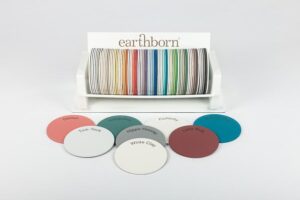
In a world that’s becoming increasingly environmentally conscious, many homeowners and renovators seek eco-friendly alternatives for their projects. Whether it’s a historic restoration, redecorating with
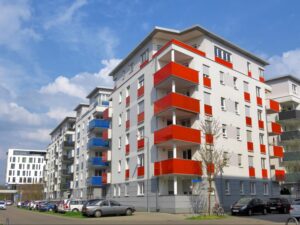
In the realm of urban renewal, sustainability has become a cornerstone of modern development. The need for environmentally conscious solutions has never been more apparent
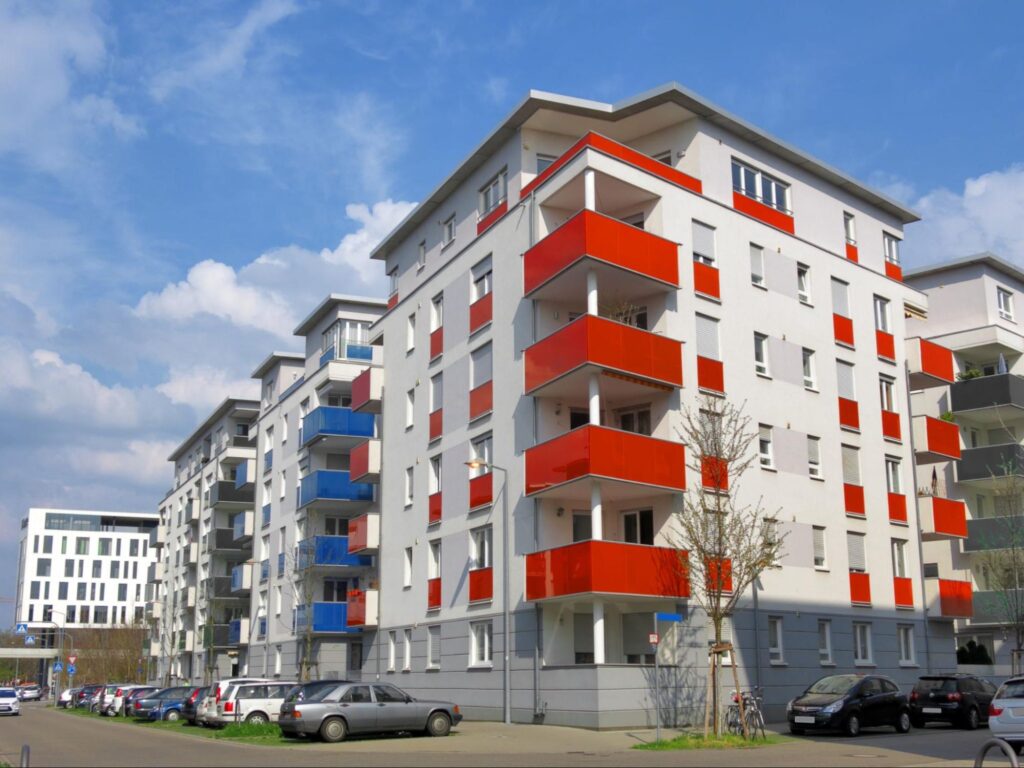
In the realm of urban renewal, sustainability has become a cornerstone of modern development.
The need for environmentally conscious solutions has never been more apparent as our cities evolve and grow. When it comes to revitalising inner city spaces, lime is a material often overlooked but with immense potential.
Lime plasters and mortars are making a resurgence in urban renewal projects, offering sustainable and heritage-appropriate alternatives to conventional construction materials.
In this blog post, we will explore the benefits of lime-based materials in the context of inner-city projects without mentioning any specific brand and shed light on how they can contribute to more sustainable and aesthetically pleasing urban spaces.
Ready to transform your historic property? Old House Store offers a wide selection of carbon-neutral lime plasters and mortars, perfect for heritage and inner-city projects. Contact us today to explore our range and elevate your restoration game.
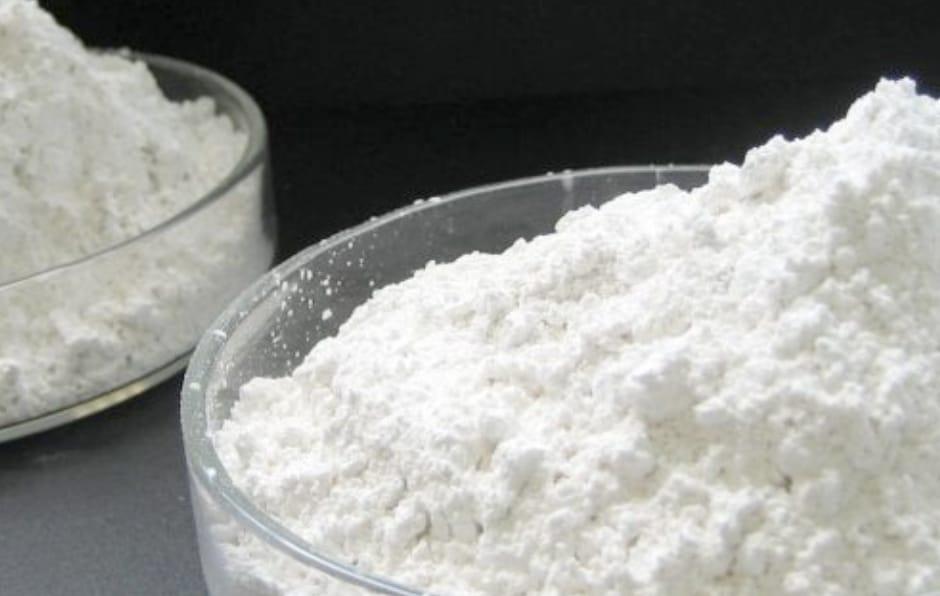
Lime-based construction materials have been used for centuries, dating back to ancient civilisations.
Their longevity and resilience testify to their durability, making them an ideal choice for urban renewal projects in historic areas.
Unlike modern cement-based materials, lime has a lower carbon footprint due to its lower energy consumption in production and carbon-neutral characteristics.
One of the key advantages of lime is its ability to absorb carbon dioxide from the atmosphere as it cures, a process known as carbonation.
This carbonation process makes lime materials carbon-neutral and continues to sequester carbon throughout their lifecycle. This makes lime an excellent choice for environmentally conscious developers and architects seeking to reduce the carbon footprint of their projects.
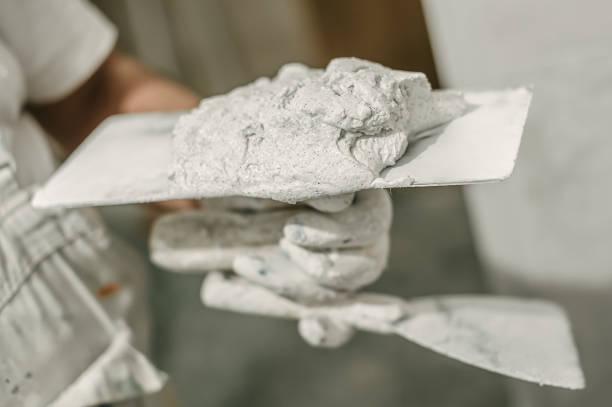
Inner cities often boast a rich architectural history, with many buildings and structures that are part of our cultural heritage.
When it comes to restoring these historic properties, it’s essential to use materials that are in harmony with the original construction. Lime plasters and mortars excel in this regard, as they closely mimic the traditional materials used in these buildings.
Lime-based materials offer a unique blend of flexibility and breathability, which is crucial for heritage buildings.
They allow for the natural movement of the building without cracking, which can occur with rigid cement-based materials. Also, lime is hygroscopic, which can absorb and release moisture, preventing moisture-related problems like mould and dampness, common issues in older structures.
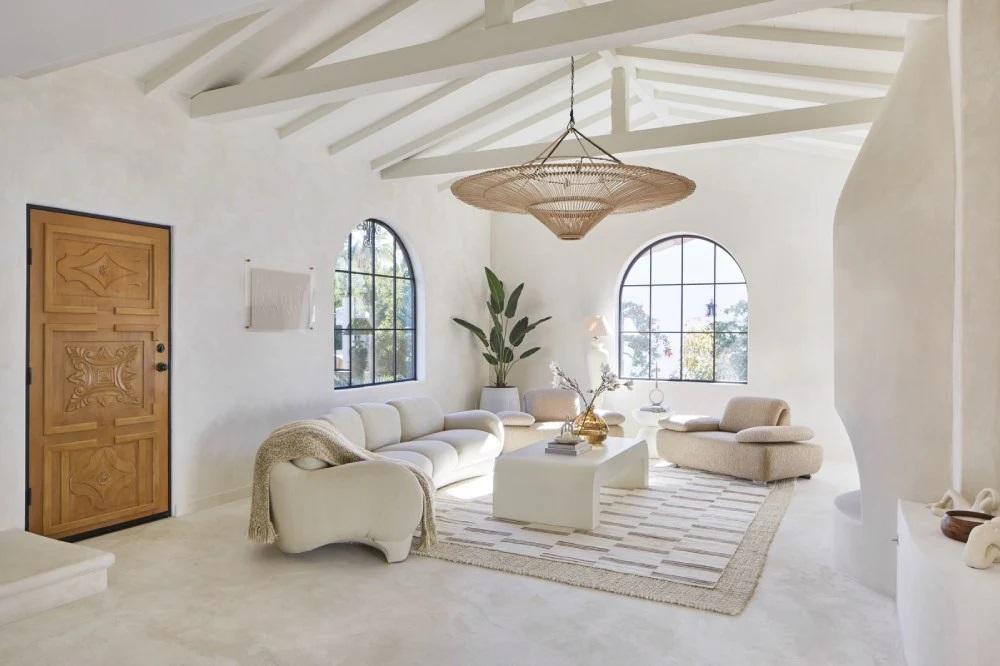
Beyond their sustainability and heritage-appropriate qualities, lime plasters and mortars also offer a beautiful finish that can enhance the aesthetic appeal of inner-city projects.
Lime creates a warm and inviting ambiance that complements the character of historic neighbourhoods. It allows for a range of finishes, from smooth and sleek to textured and rustic, ensuring that the restored buildings fit seamlessly into their surroundings.
Architects and designers appreciate the versatility of lime materials, as they can be tinted to achieve a wide spectrum of colours and are receptive to various decorative techniques, such as sgraffito or fresco. This versatility allows for creativity and customisation while preserving the authenticity of the architectural heritage.

Sustainability in inner-city projects involves more than just the materials used; it extends to the overall design and construction process. Lime materials align with sustainable design principles by offering several unique advantages:
Wrapping up in the quest for sustainable urban renewal, lime plasters and mortars have emerged as valuable allies for architects, designers and developers.
By choosing lime-based materials, we breathe new life into historic neighbourhoods and reduce urban development’s environmental impact.
As we look to the future of urban renewal, it’s crucial to remember that the past holds valuable lessons. The sustainable traditions of using lime as a construction material are a testament to the timeless wisdom of our ancestors.
With the right balance of innovation and tradition, we can create urban spaces that honour our heritage while paving the way for a more sustainable and beautiful future.
So, consider the sustainable solutions that lime-based materials can provide, whether you’re working on a major sympathetic restoration, a small repair, or decorating a period property in the city’s heart.
Are you passionate about preserving historical charm with lime-based rendering and stucco techniques? Whether you’re restoring a listed property, working on traditional materials, or doing small repairs, our products cater to your needs. Learn more about “Lime Plaster: A Versatile And Sustainable Choice For Modern Construction” now!